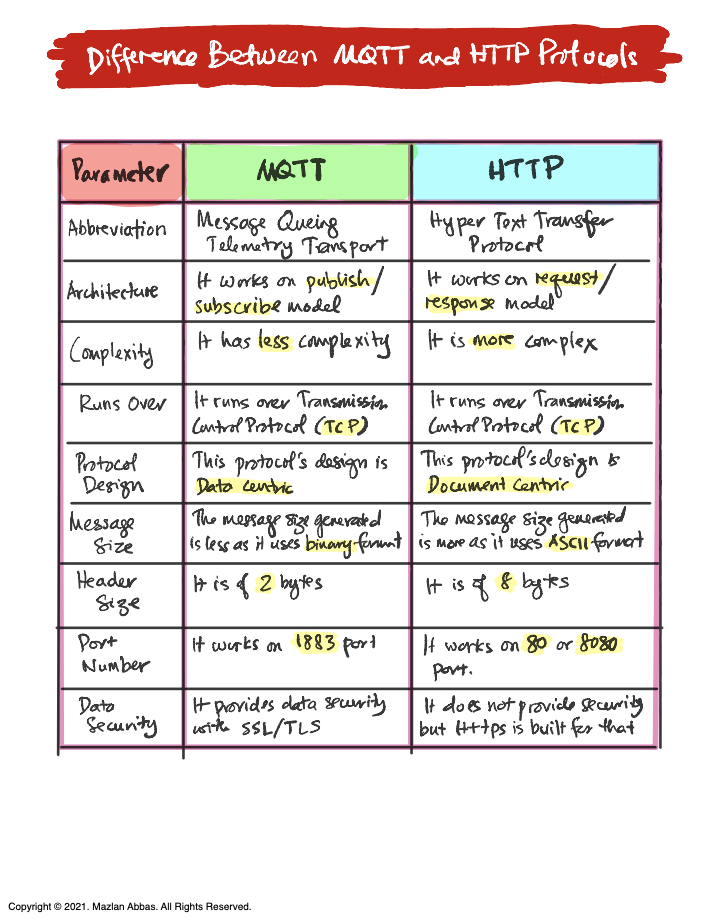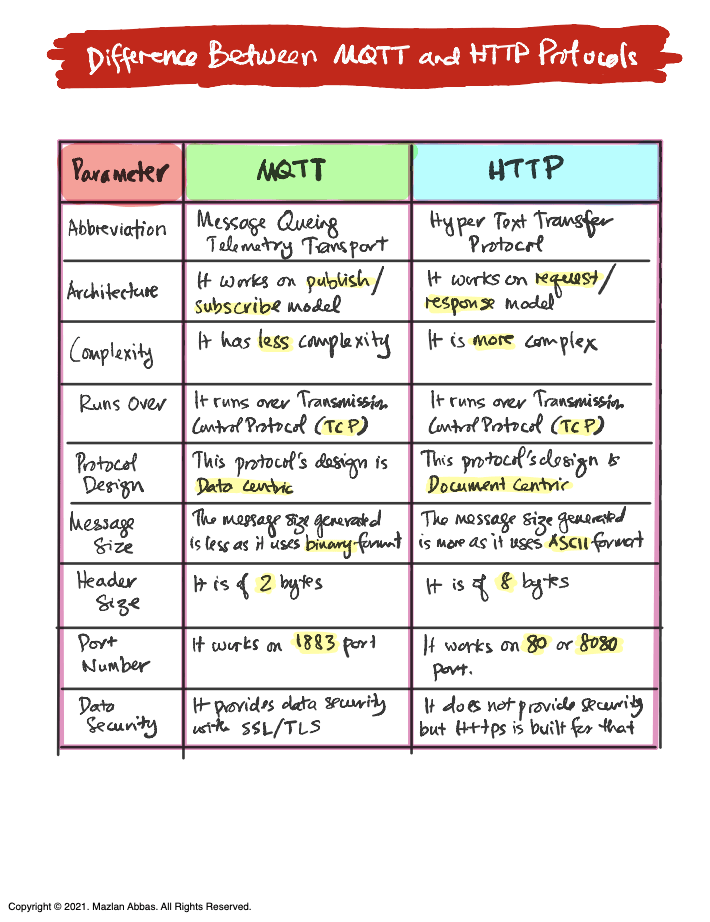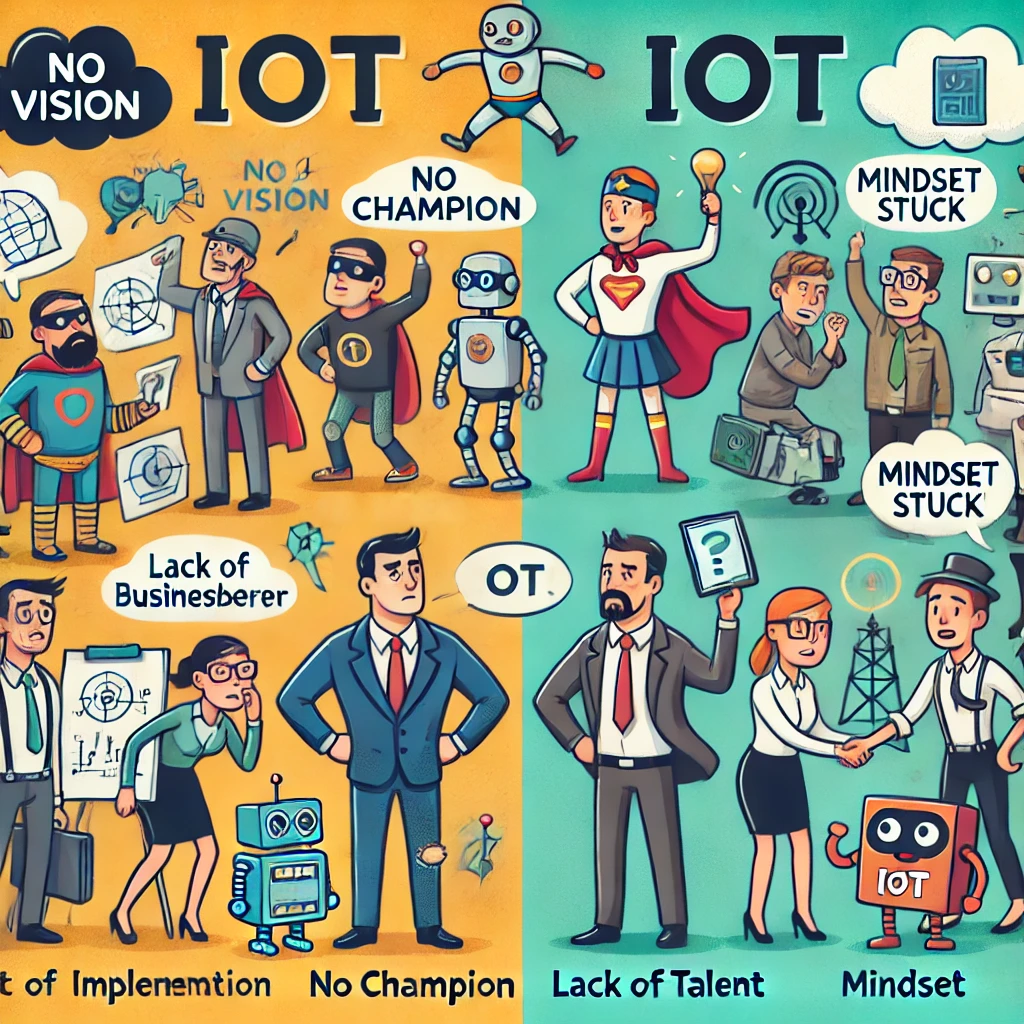
MQTT vs HTTP Protocol: Part-1
February 4th, 2025 Posted by favoriotadmin BLOG, Internet of Things 0 thoughts on “MQTT vs HTTP Protocol: Part-1”Today, we’ll examine the difference between MQTT (Message Queuing Telemetry Transport) and HTTP (HyperText Transfer Protocol).
These two protocols are widely used in IoT and the Internet but have distinct purposes and designs. Let’s break them down in a simple way based on the diagram.

1. Abbreviation and Overview
- MQTT: Stands for Message Queuing Telemetry Transport. It is a lightweight protocol for IoT systems with limited bandwidth and power.
- HTTP: Stands for HyperText Transfer Protocol. It is commonly used for web communication, such as browsing and APIs.
2. Architecture
MQTT: Works on a publish/subscribe model. Devices (clients) can publish data to topics, and others can subscribe to receive updates.
- Example: A temperature sensor publishing updates while a user’s smartphone subscribes to receive the data.
HTTP: Operates on a request/response model. The client sends a request, and the server responds.
- Example: Browsing a website, where the browser requests a page, and the server sends it.
3. Complexity
- MQTT: Less complex, making it easier to implement in resource-constrained devices like IoT sensors.
- HTTP: More complex, as it involves more overhead to handle documents and media.
4. Transmission Protocol
- Both protocols run over TCP (Transmission Control Protocol), which ensures reliable data delivery.
5. Protocol Design
- MQTT: Data-centric, designed to handle small, lightweight data packets efficiently.
- HTTP: Document-centric, designed for transferring web pages and files.
6. Message and Header Size
MQTT:
- Message Size: Smaller, as it uses a binary format.
- Header Size: Only 2 bytes, making it very lightweight.
HTTP:
- Message Size: Larger, as it uses ASCII format, which is not as efficient.
- Header Size: 8 bytes, which adds overhead.
7. Port Number
- MQTT: Uses port 1883.
- HTTP: Typically uses port 80 or 8080 for communication.
8. Data Security
- MQTT: Supports SSL/TLS, ensuring secure data transfer.
- HTTP: It does not have built-in security, but you can use HTTPS for secure communication.
Key Differences Summary
- MQTT is lightweight, efficient, and ideal for IoT applications where devices have limited power and bandwidth.
- HTTP is more suitable for web-based applications requiring rich document exchange.
Practical Applications:
- Use MQTT for IoT systems like home automation or sensor networks, where data needs to be transmitted efficiently in real-time.
- Use HTTP for applications like APIs or websites requiring document exchange and richer content.
Discussion Question: Based on these differences, which protocol is better suited for an IoT application like a smart home system? Let’s discuss it!
[Based on eBook — IoT Notes by Mazlan Abbas]



